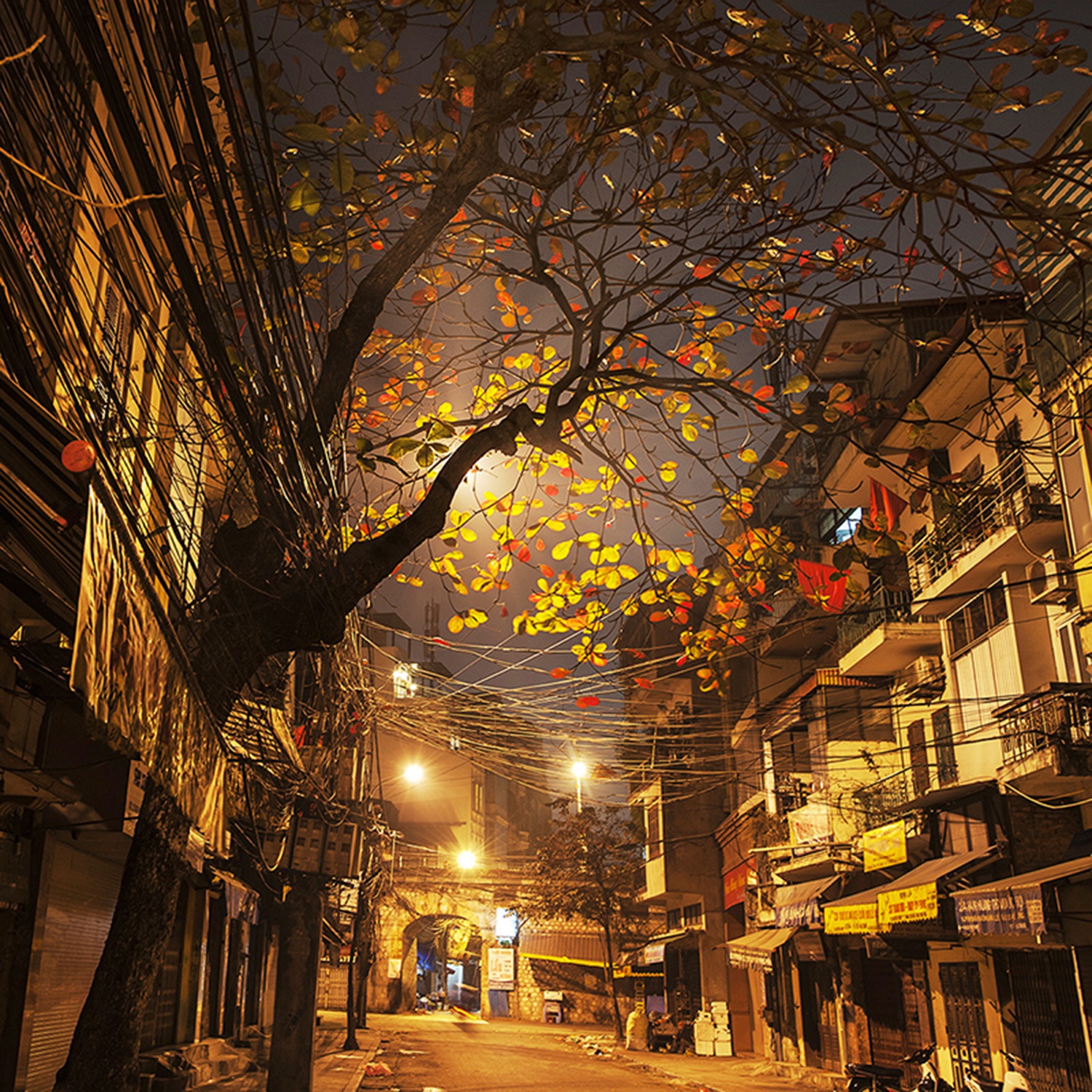
Add the chicken bones back to the pot and continue to simmer for another hour. After 1 hour, remove the chicken legs from the pot.Mix these three together evenly and set aside as a garnishing plate. Thinly slice the with onion and fresh chili. Continue to let the broth stew for 1 hour on medium heat. Add the 2 star anises, 1 tbsp of coriander seeds, and 2 peeled garlic cloves.Add cilantro stems but keep the leaves and some stems aside for garnish later. Slice the ginger into large thick pieces and smash the ginger before adding to the pot.Place the chicken legs back in the pot and add 6 quarts of water. Add the chicken legs in a large stock pot and cover with water.Char the ginger, smash it, and add to the broth. Simply roast the shallots, coriander seeds, star anise, and garlic cloves before adding to the broth. Short cut: use chicken broth to save about 30 minutes.
#HA NOI PHO HOW TO#
So how to cook pho ga is a question we recently received from a family touring the Heart & Soul of Hanoi Old Quarter with us, here goes the recipe that will help you cook Pho ga at home. However, whenever there was a war, beef was scarce – giving life to chicken noodle soup, and we call it Pho ga.

One Pho’s fan has found the best Pho for him, he may be the most faithful client of this Pho stall for the remainder for his life.Īnd the last but not least, do not ne hestitant of the tiny and simply Pho stalls or you will miss your chance to test the real original Hanoi Pho that not to be found anywhere else on the earth.When talking about Vietnamese Pho, you may have tried Pho bo – the beef version of the noodle soup. They are willing to wake up earlier in the morning to wait patiently for a bowl of Pho in some famous stall then happily claim as one of their most important gratification of the day. They might not take dumpling, sponge cake or other foods, but they must take at least a bowl of Pho more than once or twice a week for their whole of life.For Hanoian, Pho not only a food that helps to fill stomach but is a cultural habit that is rooted in each mind. There will be a long line of Pho eaters waiting in queues for being served at any Pho Ly Quoc Su in Hanoi. The host seems to be over fastidious about Pho spices. The brand of Pho Ly Quoc Su is the unique one in Hanoi which has keep the traditional Hanoi Pho original recipe since the years of 1948-1949. The Ly Quoc Su Pho’s owners may have its own reason to be so self-conceited. In Hanoi, the Pho at any ‘Pho Ly Quoc Su’ stalls are worth trying once that any visitors to the capital should not miss. Its popularity is explained by its usefulness, Pho can be a good start to the day, a quick meal during lunch or a really heavy meal for dinner. Unlike other Hanoi specialties, eating Pho is a very common habit to Hanoian.


When you place your order, the cook add slices of raw, cooked or sauté beef (depending on the order) to a bowl of the broth, on top of rice noodles, then sprinkles it all with sliced onion, chopped green onion and fresh coriander.ĭiners are patiently waiting for their Pho orders. It is then spiced up with a dedicated balance of herbs, spices and salts. The special food that “its aroma alone is enough to chase winter from the soul” begins with the steaming of beef shinbones in a huge cauldron until the gelatinous consommé is concentrated - this takes about 24 hours. Renown Vietnamese writer Thach Lam used to write on a book entitled “Hanoi’s 36 streets” that "Pho is a special gift of Hanoi, not only Hanoi has, but it is because only Pho in Hanoi is delicious". In the 1940s, pho was already very popular in Hanoi. Pho could be found in luxurious Pho eateries or cheap-eat Pho stalls in the streets or markets.īut Chef Didier Corlou, who has nearly 40 years of cooking experience and has been in Vietnam for more than 30 years, is just a "latecomer" in the journey of discovering the dish that is considered the "national soul" of Vietnam.


 0 kommentar(er)
0 kommentar(er)
